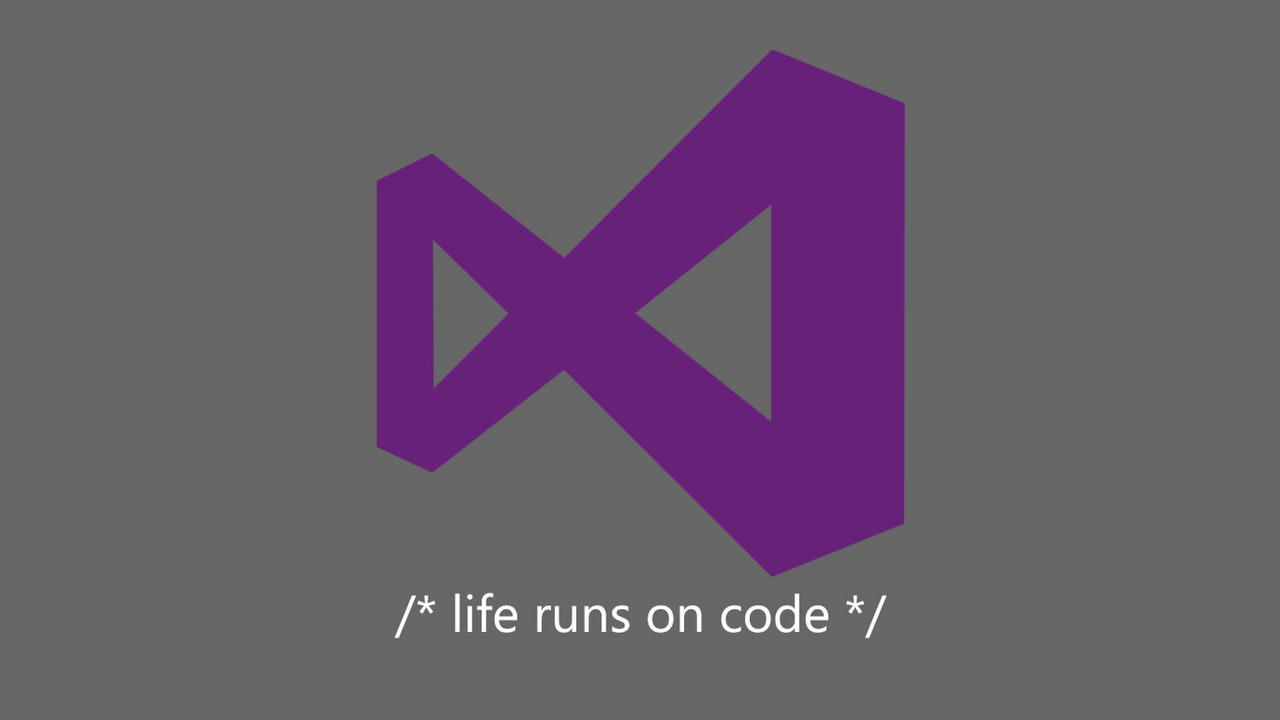
Here’s an easy and quick way to add a string to your Path environemnt variable:
[Environment]::SetEnvironmentVariable("Path", $env:Path + ";C:\SomethingYouLike", [EnvironmentVariableTarget]::Machine)
And…you’re done! ;)

Here’s an easy and quick way to add a string to your Path environemnt variable:
[Environment]::SetEnvironmentVariable("Path", $env:Path + ";C:\SomethingYouLike", [EnvironmentVariableTarget]::Machine)
And…you’re done! ;)

For debugging purposes you may need to get information about the last login on a machine, so here’s a tip to show you that information in a very easy way.
You can use both Group Policy or Registry to achieve this:
Group Policy
Registry
And you’re done!
For both cases, restart your machine to view the change in action.

Usually you can achieve Windows customization by simply running throught Control Panel (or Settings) menu, or for a more enterprise approach, you can apply group policies that helps doing the job.
Well, for some reason there’s no direct option though GPO to remove the network icon from Windows lock screen., so here’s a tip to do it using registry editor.
You can use it directly on Windows or using Group Policy Preferences (GPP) on your enterprise environment.
Registry
Now just restart you’re computer and you’re done!

So…although you’re a geek and you really like to create your own scripts for managing your WIM files, sometimes you feel that a GUI app would be just great and it would really be a time saver.
Some of you may already know a tool called GImageX but from my experience I think this one its superior.
VDISM, available throungh SourceForge website, it’s a fenomenal tool with a very simple interface that gives you access through a graphical interface to all things you need for servicing WIM files.
It’s really really easy to use and so intuitive that you will probably will not use command-line anymore.
Features:
Go ahead and try this great tool: SourceForge – VDISM

Need to change a Windows Service logon account with Powershell?
Here’s an easy and quick way to do it:
$strSvcStartScr = Get-WmiObject win32_service -Filter "Name='browser'"
$strSvcStartScr.Change($null,$null,$null,$null,$null,$false,’domain\username’,'password') | Out-Null
All you’ve to do is change the service name on the first line and the domain/username and password on the second.
And….your done!

From now and than, Microsoft launches some very interesting videos about they’re vision about the future.
It’s like a glimpse ahead of how Microsoft sees us (and by the way they’re business) in a not so far distance in what concerns to health, education, energy, work and…every other technology that surrounds us.
This futuristic videos may also show us a glimpse of future products and services that Microsoft may launch next.
The below video about Microsoft’s Vision for Productivity, it’s from 2009 and show us some interesting things, specially about how touch technology and the “mobile first” mantra was a 2009 Microsoft’s vision and how for example Surface devices are the implemation, in real world, of that vision.

In the last days I needed to get a quick view of which templates we’re using on enviroments. Because we have linked clones, our pools have configured a ParentVM and the respective Snapshot.
If you have a large environment after a while you may miss a little bit control of which templates/parent vms are really being used, which ones were just for testing purposes and you don’t need them anymore, etc.
So, for a quick look at your environment and to understand which parent vms each pool is using just follow these steps:
And…it’s done! :)

The free, lightweight and cross platform version of Visual Studio is now available for download on it’s 1.7.1 version.
Download and take a look on what’s new, here:
Microsoft Visual Studio Code 1.7.1

Besides the hype after Microsoft’s new Surface device, it was clear to me, not only because of this Windows 10 October Event, that Microsoft is finally embracing, open-faced, the good things competition does.
One of the most compeling things about Apple it obviously it’s image. It’s design and…the way they show they’re products. For those who assisted to any Apple’s presentation, it’s easy to remember that beyond specs and functions, there was a real understanding about all the surroundings of a product presentation.
Beautiful images mixed with envolving sounds really matter and thankfully Microsoft understood that!
It’s not just this presentation but probably since Windows 10 first presentation.
Microsoft now does show great devices, a lot of specs and functions, but in a way that isn’t meant just for…geeks, and that’s a good thing!
From Windows 10 October Event, many talked about the Surface Studio video theme.
Stephanie Tarling did the singing on ‘Pure Imagination’. This was an original song from 197 film ‘Willy Wonka & the Chocolate Factory’ and was originally sung by Gene Wilder. This cover was produce by Nathan Lanier, best known for his music for Halo 4.
Now, Stephanie Tarling made this song available on BandCamp.com and you can here it, download it or just share it right now:
Last week I stumble upon this error when installing VMware Remote Console (VMRC).
After some googling about it I found just one way to solve this but…it works.
To quickly solve this and be able to user VMRC, just uninstall first VMware vSphere Client and then install VMRC.
And…it done!
Hope this helps people with the same issue. If anyone has any other way to solve this, please feel free to share.



| Timeframe | Location |
|---|---|
| WindowsPE (before HDD format) | x:\windows\temp\smstslog\smsts.log |
| WindowsPE (after HDD Format) | x:\smstslog\smsts.log and copied to c:\_SMSTaskSequence\Logs\Smstslog\smsts.log |
| Windows (before SCCM Agent installed) | c:\_SMSTaskSequence\Logs\Smstslog\smsts.log |
| Windows (after SCCM Agent installed) | c:\windows\system32\ccm\logs\Smstslog\smsts.log |
| Windows x64 (after SCCM Agent installed) | c:\windows\sysWOW64\ccm\logs\Smstslog\smsts.log |
| After Task Sequence finish | c:\windows\system32\ccm\logs\smsts.log |
| After Task Sequence finish x64 | c:\windows\sysWOW64\ccm\logs\smsts.log |






